What To Do When You Can’t Figure Out Why You’re Not Doing What You Want (P.E.P.)

A Personal Evolution Process to get unstuck and create a simple strategy to easily do what you want and need to get done.
"I stopped work at 4 PM yesterday, opened a bottle of Pinot noir, parked my ass on the couch, and then watched RuPaul’s Drag Race. We ordered pizza for dinner, I made banana bread, and had a slice of that too. Ugh! This morning, I still feel stuffed from the pizza, and I’ve yet to have a workout this week. What do I need to change to make working out at home not only easier but more frequent?"
After writing the above in my journal, my coaching brain was activated. I realized I should create a new Personal Evolution Process (P.E.P.) for myself that would also be useful for others. While reading how this came about, consider something you know you want and need to do, but for whatever reason, you’re not doing it.
Over the last couple of months, as it’s become colder, I have been struggling to exercise as much as I used to. When Ontario shut down in the middle of March 2020, due to COVID-19 and closed many businesses including gyms, it was still cold outside. So, Christiaan and I simply made a mental switch from working out indoors at the gym to working out indoors at home. We alternated between one of us doing stairs in our apartment, while the other did jump rope on the balcony for 2-minutes at a time. We included various bodyweight exercises and mobility drills, and eventually added resistance bands for more options.
As winter transitioned into spring, and spring into summer, we eventually moved to do exercise outdoors as soon as we were permitted to do so by health officials. We brought our exercise bands and jump ropes. We found a handy railing to which we could attach the bands, and we would also run hills for cardiovascular activity.
Summer turned to fall and here we are again in winter. One morning I went out at 6:30 AM when it was below zero Celsius. I found the intense cardiovascular activity to be very difficult on my breathing. I am not used to exercising outside in cold weather. The next day, I swore I had the onset of COVID-19 symptoms. The glands in my neck were swollen, I had an earache on one side, and I felt generally unwell. Thankfully, all that cleared up the next day and I realized it was simply my body not used to prolonged, laboured breathing in temperatures that cold. Listening to my body, I knew a repeat of that experience would not be wise.
Even though I was working from home, I could never find a good time to exercise. On one level, I knew that was an excuse. Mornings have become a sacred time for me to write. Between 8 AM and 4 PM, my partner needs the downstairs living space where he now works virtually from home. Come 4 PM, we both go for a walk, but neither of us works out. ‘What’s wrong with me?’, I’ve repeatedly asked myself. I’ve been working out since I was 18. I was a fitness and nutrition coach for 15 years. At 55, what’s the deal? Exercise has been a 37-year habit so why am I struggling?
In my work as a personal transformation coach, I was certain I could figure out the reasons why I wasn’t exercising. I designed a series of questions to discover the blocks, gaps, and emotional intention to get back to exercising regularly. My problem was easy to define: I was not working out. I wanted to figure out why that was a problem, exactly and specifically, to come up with an almost natural and easy solution.
We are creatures of habit.
We find it easy to do the things we have repeatedly done, so long as the original conditions that supported that habit or action is still relevant or present. So, what does that mean?
If you’re no longer doing something that used to be easy, something you’ve done almost unconsciously for years, ask yourself, “What’s changed?”
To answer this question, look to the last time when you easily, effortlessly, and repeatedly performed and completed your habit without fail. Consider the following:
- What are the conditions that made doing that task or habit easy?
- What was the environment like, e.g., your home, workplace, inside, outside, time of day, colours, sounds, etc.?
- What was your inner environment like, e.g., self-acceptance, emotional state, stress level, contentment, etc.?
- What did your daily routine look like, e.g., work calendar, family time, time with friends, rest and recovery, etc.?
Look at the conditions of this moment, the moment in which you are not doing the thing you want to be doing.
How have the conditions changed? What conditions are no longer being met? When pieces of the puzzle are missing, we don’t have a complete picture anymore. It’s not that you need to create a brand-new puzzle, rather, think of it like a Rubik’s cube. For whatever reason, it’s no longer solid colours on all sides. You now have to turn the sections of the cube on various axis and in different directions until you get the completed cube once again. Think of the turning layers of the cube as putting into practice a revised and updated set of conditions.
Once you address each of those missing pieces, you can replace and re-organize them to fit your current situation, and then take the next step towards renewing your habit or letting it go completely.
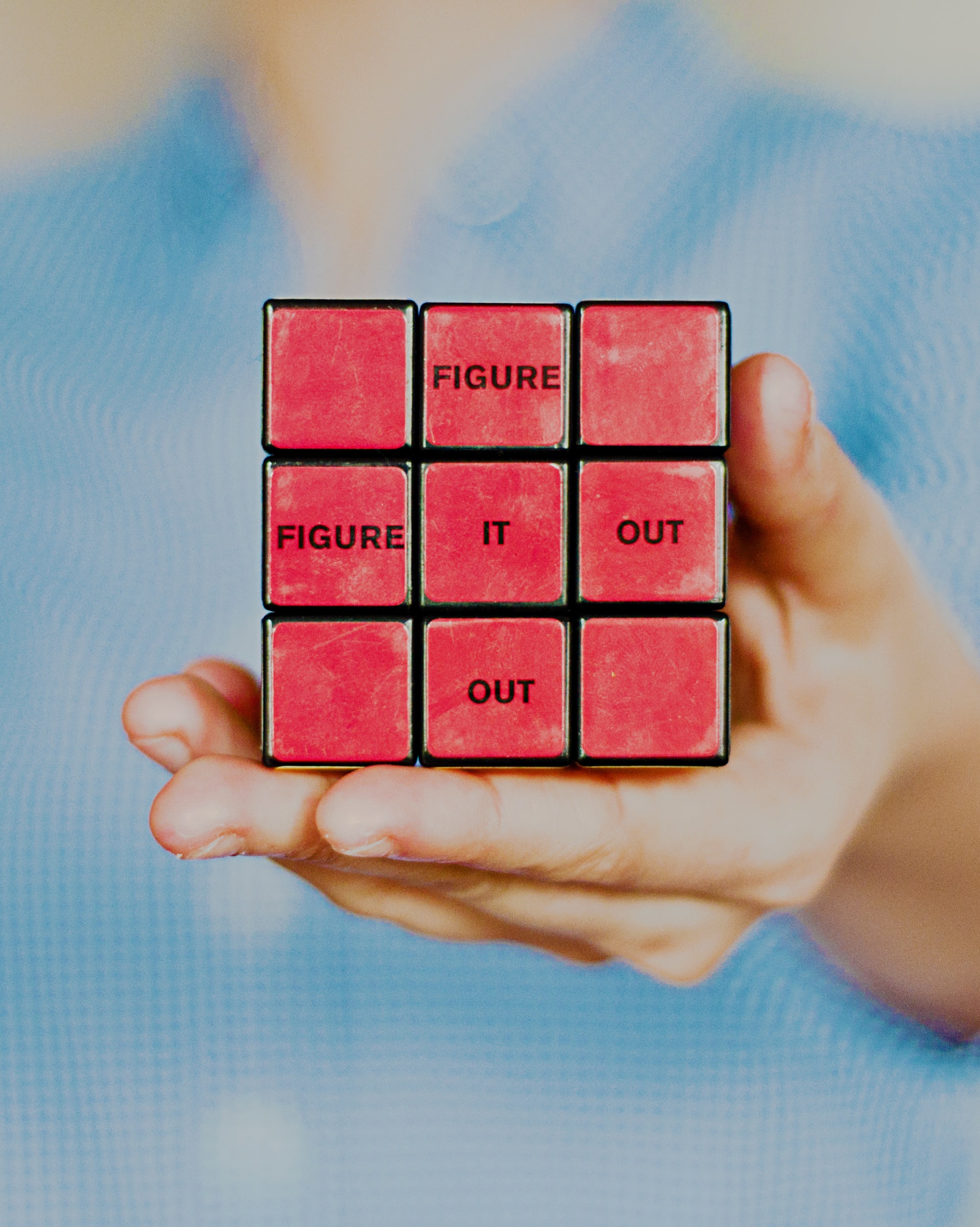
Personal Evolution Practice — P.E.P.
Answer the following questions with as much detail and clarity as you can.
Define what you are not doing.
- When I did this habit or action in the past, what worked for me while I was doing it?
- What is blocking me from doing this habit now? These could be real or perceived blocks. Consider the following variables: location, other tasks, schedule, people, level of desire, excitement for the action, physical or mental ability, and so on.
- What do I think is the real problem, or the single reason for me not acting on this habit?
- Why is this habit important to me? What is its value to my life?
Refine the consequence of inaction.
- What are the consequences of me no longer doing this habit? What will I lose? What will I gain?
- Who am I being while doing this habit? Who am I not being by ignoring this habit?
- What won’t I do or give up on this habit and why?
Align with a powerful, emotional intention.
- What do I need to change, eliminate, or reconsider to do this habit regularly?
- What are my options or solutions that exist in the gaps — the spaces in between that exist in my answers to what’s blocking me above? In what’s missing or not detailed, are there options, strategies, or solutions?
- Which of these options feels the easiest to take on? Why exactly? How does it make me feel, specifically?
Here is how I worked through this Personal Evolution Process myself.
I’ve written out what happened in paragraph format, but you will see how my abbreviated answers follow the structure above.
When I exercise, what’s worked for me in the past? Once I’m working out, I’m fine. I feel great doing it, I feel better afterward, and for the rest of the day. My body feels more physically open and limber, and my posture is improved. I also tend to eat better, and I definitely sleep more soundly. Regular, intense physical exercise is absolutely necessary for my state of mind. It helps regulate my stress levels, and it helps me to think with greater clarity.
There are definitely blocks that weren’t there before ’stopping’ me from exercising. Since our home environment has changed, with us both working from home at the same time, when Christiaan is working, I can’t work out in his space.
My home environment is not as not conducive to exercising at the gym. When I’m at the gym, seeing the equipment and the other people exercising are triggers that put me in the zone. At home, I want my living room to be clean, uncluttered, and a space where I can relax. I don’t want to see a yoga mat, sweat, or workout equipment in my living room! It feels cramped in my mental perception.
My schedule has also changed. I used to exercise at the gym around 6:30 AM, before breakfast. That was my morning routine for quite some time. I miss warming up on the treadmill or elliptical trainer. The machine itself was a trigger to get into exercise-brain. Since I started writing first thing in the morning and immediately after journaling, I have been much more productive in my creative output. I feel that this writing time is much more important to what I want to accomplish in my life than sticking to my 6:30 AM workout.
It feels like the best time to exercise would be around 11 AM for 30 minutes — just before we have lunch. But I’d still be interfering in Christiaan’s space. So, an option might be to exercise on the upstairs landing, but that’s a pretty tight space, and it would still make noise.
What are my options or solutions that exist in the spaces between my answers thus far? I could try exercising on the upstairs landing at 11 AM. Maybe we could work out together after he’s done work at 4 pm with an alternating protocol to work with the limited equipment we have. But I’m concerned about the last option because I find I’m pretty tired by 4 PM and just want to chill out.
What won’t I do and why? I have decided that my morning stream-of-consciousness writing is my highest priority. After that’s completed, I could work out before breakfast at 7 or 7:30 AM. The only reason that won’t happen is if I have a bad sleep, but I can go for a walk instead. Furthermore, I know that I tend to crash after 4 PM and while conceivably it seems like a good time on paper, the times I’ve tried it I usually feel like I’m forcing myself, I don’t have the emotional energy, and I don’t enjoy myself. I’d rather go for a walk at that time. That’s what feels best, and I also enjoy reconnecting with Christiaan to review our day.
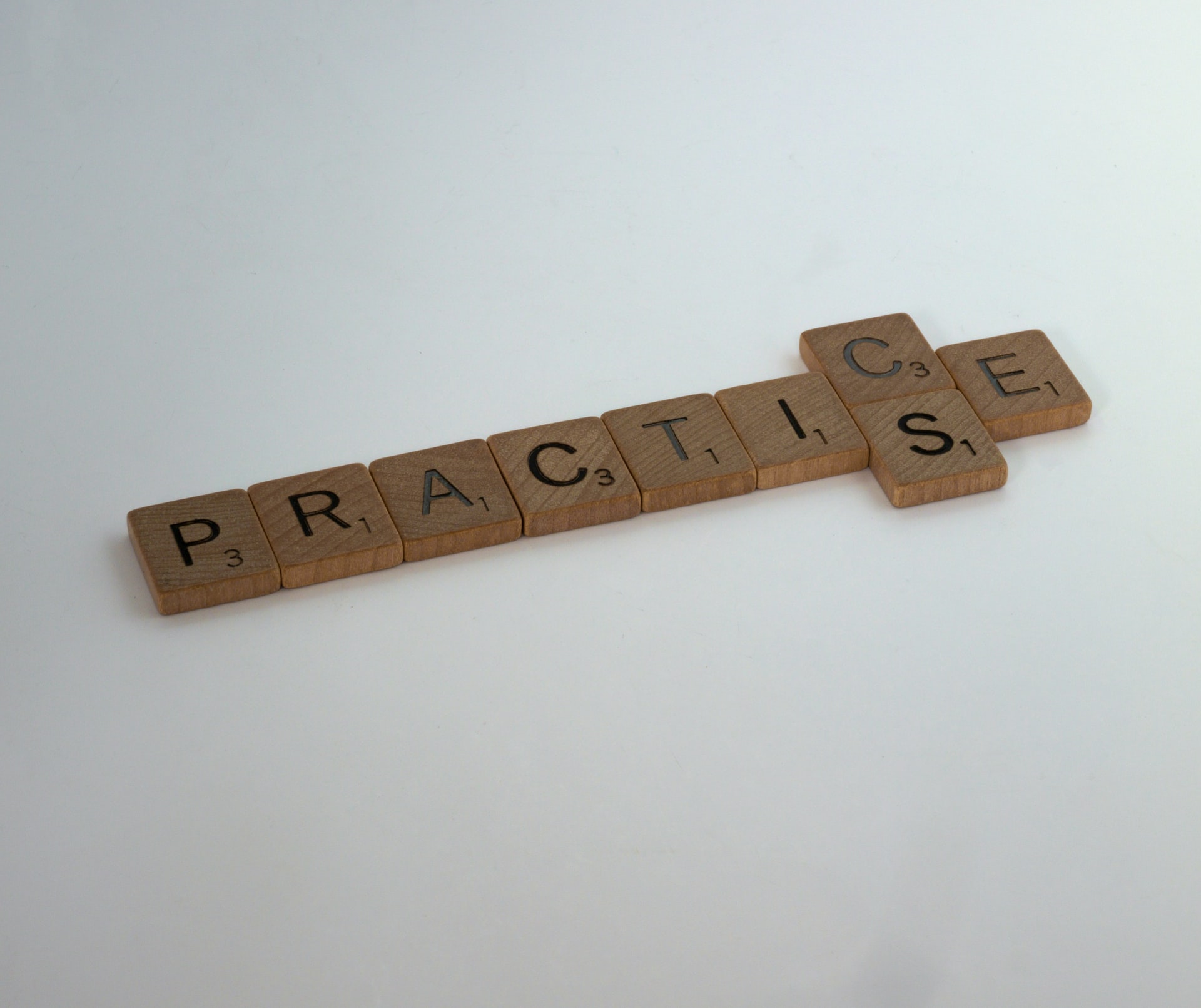
Putting P.E.P. into your “new” practice
How did this process work out for me? Doing resistance training or stretching around 7 AM is the time that fits best into my schedule. It is the easiest for me to maintain a strong enough emotional intention. What also helps is using the app, Nike Training (NTC). I have selected, downloaded, and bookmarked various routines that are both challenging, provide variety, and workouts using only bodyweight or minimal equipment at home. The less I have to think about what I’m going to do the better. I pick my routine and press start.
Recently, I added what I call “Quick Moves” into my daily work agenda, once in the morning and the afternoon. This involves no more than 2 minutes of simple callisthenics. For example, I just completed 60 knee-highs, 40 jumping jacks, 30 mountain climbers, 20 squats, 15 pushups, and a plank variation. With the amount of sitting at home, restrictions, and mitigating going a wee bit bat-shit-cray-cray, this gets me moving, increases my heart rate, wakes me up, and revitalizes me between tasks.
Knowledge is power — Self-Knowledge is Empowering
My intention with this and my other Personal Evolution Processes is to help you realize that you alone have the answers, strategies, and solutions to solve almost any problem.
Sometimes all it takes is a process of self-examination to clearly define the problem, further refine it by determining the consequences of not addressing it, and finally come up with a solution that is emotionally tangible and motivating. This last step of emotional alignment is what will make your commitment — or recommitment — to your habit easier to maintain and enjoy.
Header image credit: Olav Ahrens Røtne

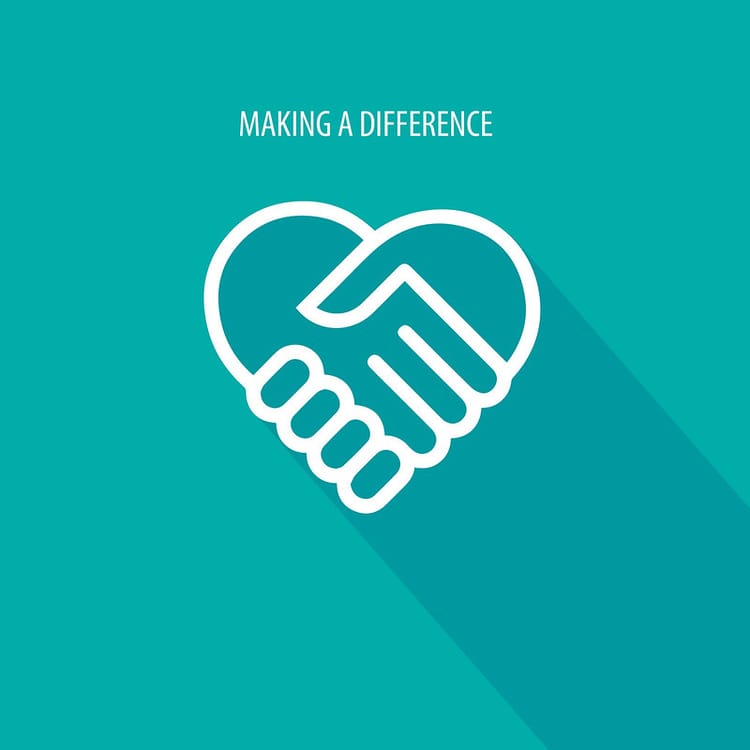
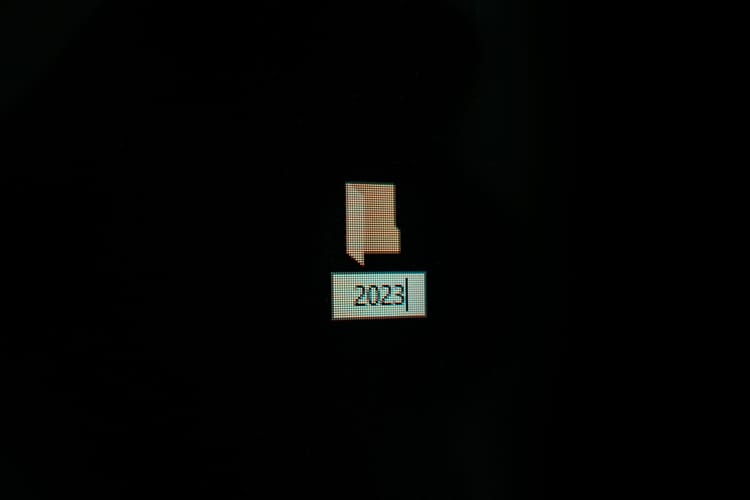
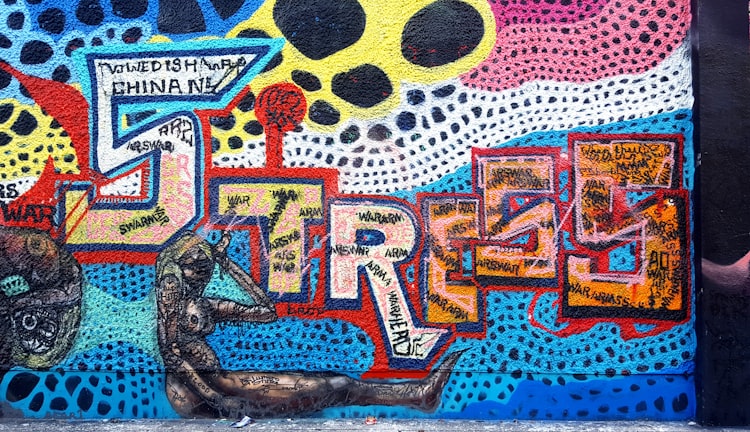

Member discussion